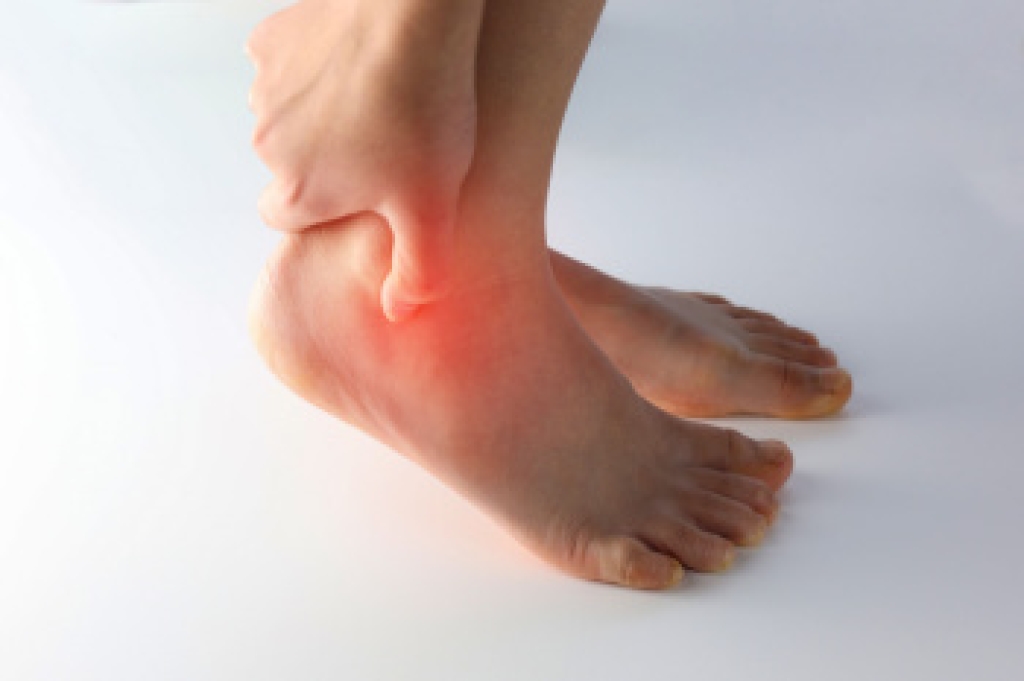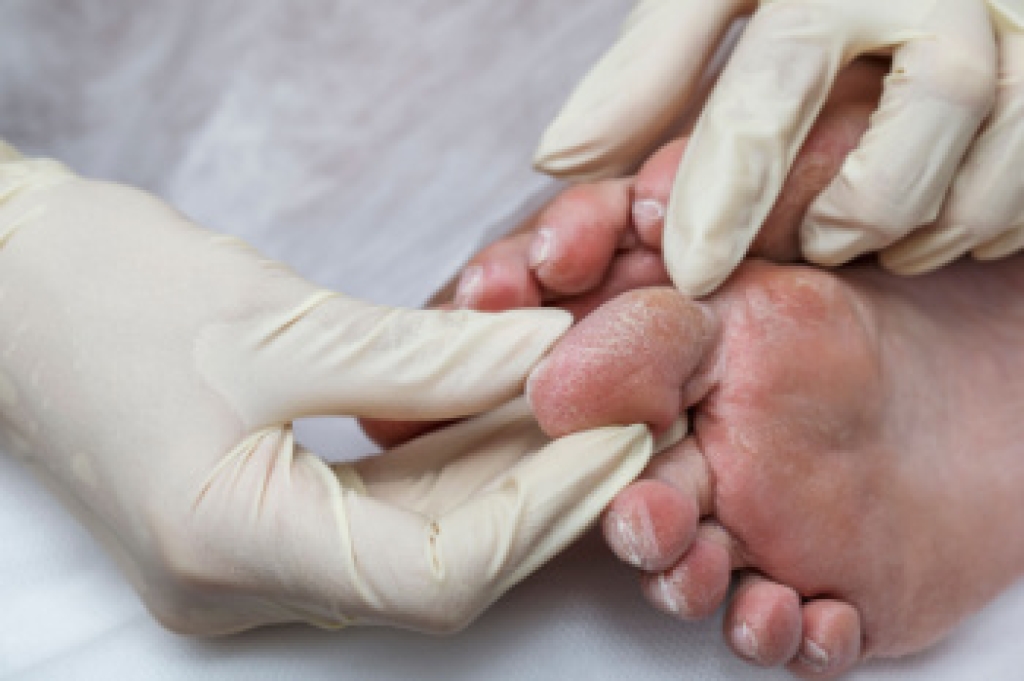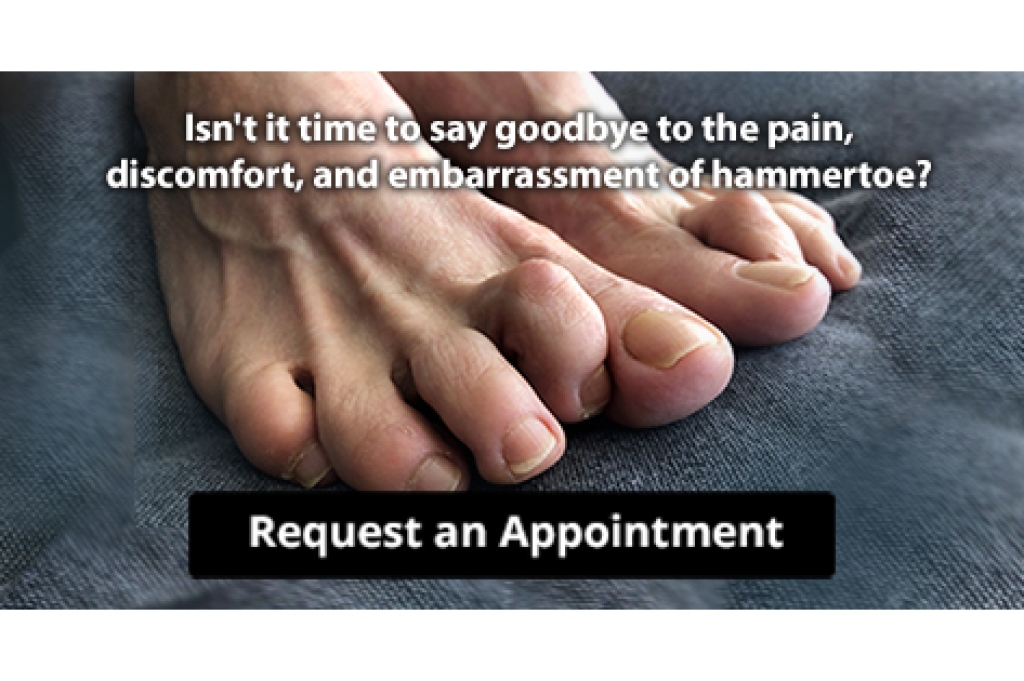
A podiatrist is a medical specialist who focuses on diagnosing and treating conditions of the foot and ankle. They care for issues such as heel pain, bunions, ingrown nails, sprains, fractures, and diabetic foot problems. Preparing for your first visit helps ensure a smooth experience. Bring a list of symptoms, a list of medications, any recent lab results, and check with your insurance company to confirm coverage. A podiatrist will examine your feet, discuss your concerns, and create a treatment plan that supports comfort, mobility, and long-term wellness. If you have ongoing foot pain, it is suggested that you schedule an appointment with a podiatrist who can offer effective relief and treatment solutions for various foot and ankle conditions.
If you are dealing with pain in your feet and ankles, you may want to seek help from a podiatrist. Feel free to contact David Williams, DPM from El Paso Feet. Our doctor can provide the care you need to keep you pain-free and on your feet.
What Is a Podiatrist?
A podiatrist is a doctor of podiatric medicine who diagnoses and treats conditions of the foot, ankle, and related structures of the leg. Your podiatrist may specialize in a certain field such as sports medicine, wound care, pediatrics, and diabetic care. Podiatrists have the ability to become board certified through training, clinical experience, and then taking an exam.
What Do Podiatrists Do?
On a daily basis, a podiatrist may perform the following activities:
- Diagnose foot ailments such as ulcers, tumors, fractures, etc.
- Use innovative methods to treat conditions
- Use corrective orthotics, casts, and strappings to correct deformities
- Correct walking patterns and balance
- Provide individual consultations to patients
It is very important that you take care of your feet. It’s easy to take having healthy feet for granted, however foot problems tend to be among the most common health conditions. Podiatrists can help diagnose and treat a variety of feet related conditions, so it is crucial that you visit one if you need assistance.
If you have any questions, please feel free to contact our office located in El Paso, TX . We offer the newest diagnostic and treatment technologies for all your foot care needs.




